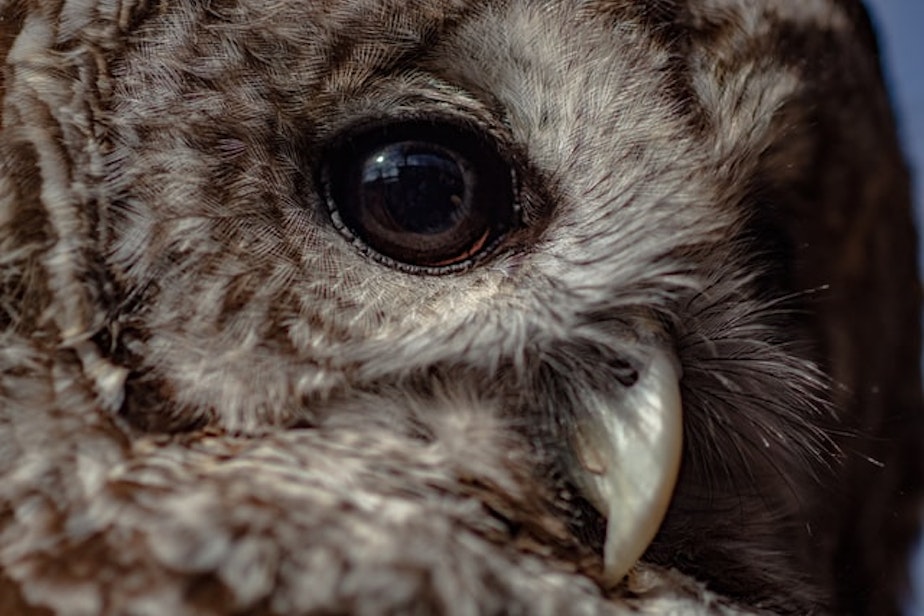Why the feds want to cull barred owls in the Pacific Northwest

In an effort to protect the native northern spotted owl, U.S. Fish and Wildlife officials announced that 500,000 barred owls need to be culled throughout the Pacific Northwest over the next 30 years.
But some conservationists worry the effort might be too late.
The northern spotted owl depends on old growth forests to survive, where it roosts and feeds on the unique local ecosystem. In the 1990s, the spotted owl became the poster child of conservation in the Pacific Northwest when Judge William Dwyer placed an injunction on all logging activities to protect the owls' old-growth habitat. In 1994, the resulting Northwest Forest Plan set aside 24 million acres of federal forest land to protect species like the spotted owl in perpetuity.
But 30 years later, spotted owls face a new problem: the barred owl, an East Coast relative that's managed to migrate throughout the United States. Barred owls are so prolific throughout the West Coast that they're crowing out spotted owls for habitat and food, and as a result, Fish and Wildlife officials are proposing a staggered culling of the birds to make more room for the native spotted owl.
To do so, officials are enlisting landowners to work under a permit from the agency to remove barred owls from their property. The protocols range from the use of large-bore shotguns and night scopes, to capture and euthanasia.
The proposal currently calls for 20,000 owls to be culled in the first year, which if approved, would begin in 2025. Officials are hopeful to reduce barred owl populations by 500,00 owls over 30 years, across a swath of 11 to 14 million acres in California, Oregon, and Washington.
"If you care about the native ecosystem of these ancient forests, you need to be paying attention to the barred owl because it is wiping out and threatening not only the spotted owl, but everything it eats," said Lynda Mapes, who reported on the proposal for The Seattle Times. "It's about the integrity of the entire suite of life for these ancient forests."
Sponsored
U.S. Fish and Wildlife is currently in a 60-day public comment period, which will continue through Jan. 16.
You can read Lynda Mapes' full report on the issue by clicking here.
Listen to the full Soundside segment by clicking the play button on the audio above.





